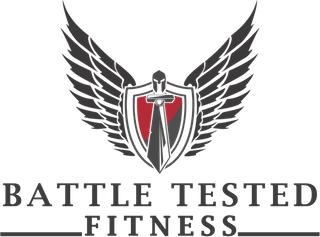
The ultimate goal of a security program is prevention. Security directors and managers are tasked with protecting bad things from happening to people, assets, reputation and so on. A host of measures are used to facilitate the goal of prevention:
Physical/IT Security – barriers, cameras, access control, lighting, signagae, intrusion detection, encryption
Policies & Procedures – Loss prevention protocols, travel security, vendor/guest documentation, investigation and prosecution policies, sexual harassment, “What to do in case of…”,
People – Security staff + employees. Numerous training courses are designed for security staff and employees to help them identify and or deescalate criminal, violent, or hazardous situations before such incidents snowball in to something grave.
THE DANGER AREA
The danger area can be identified as the time and place when an incident happens despite all of the previous counter measures described above and all security assets are suddenly geared toward responding and containing the threat. It is at this juncture when training is put to the test.
A common occurrence that happens at many facilities is when security staff is presented with a violent current or former employee, or intruder who is not responding to efforts of deescalation or is intent on doing something violent. 911 should be called but often a police response could be too late to contain and apprehend an attacker. What if a small private school is protected by a solitary security officer at the entrance but has no command center to call for back up yet is confronted by an aggressive intruder. Will the officer pick up his cell phone and call 911 while an attacker is rushing him?
Defensive Tactics
When a security and even a police officer have to physically restrain or contain a violent person, much can go wrong. Unfortunately, many corporate and facility decision makers are so weary of any violent confrontation that they would prefer that security staff not intercede when confronted by an attacker. These decisions are based on fear that the security officer may cause more harm than good, might get hurt, or bring about a law suit. Well, I say that security officers should be empowered in knowing how to defend themselves and contain a violent attacker.
Defensive tactics training is best applied if it is conducted in partnership with a similar security course like Management of Aggressive Behavior (MOAB), as part of a security officer’s on-boarding process, or within an advanced security training program like executive protection. Even with the best efforts of using verbal judo on an aggressive person, sometimes situations turn violent. Defensive tactics training will compliment a verbal judo/MOAB type of course.
The length of a defensive tactics course can run the gambit from 1-2 days to a week or longer. Budget and manpower needs will often dictate the length of the course. Ideally, on going training is preferred so participants can continuously practice and be prepared for a host of scenarios.
Many security officers will often seek defensive tactics training on their own which is commendable however, if the security officer’s actions are not inline with corporate policy for response, the officer can get in trouble even though he or she may prevent a major incident from happening. Once the initial defensive training is attended, security officers should receive stipends to maintain their defensive tactics capabilities since they are perishable skills.
Here are some quick steps to help incorporate defensive tactics in to security training:
1. Get approval from corporate and client decision makers
2. Identify a course to to which to partner defensive tactics training
3. Make sure that all participants are physically and mentally fit to engage in defensive tactics training
4. Identify respected self defense/defensive tactics schools or trainers
For more information, please register at www.battletestedsolutions.com







